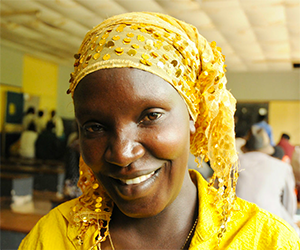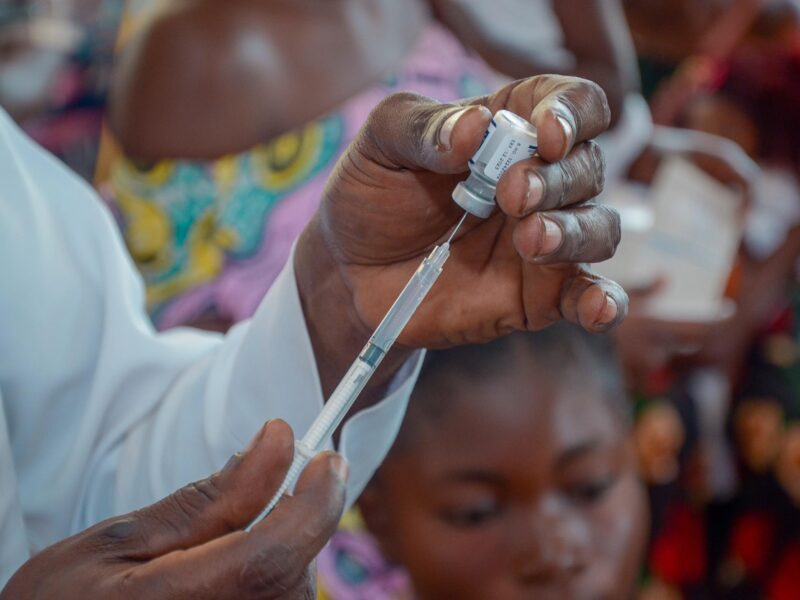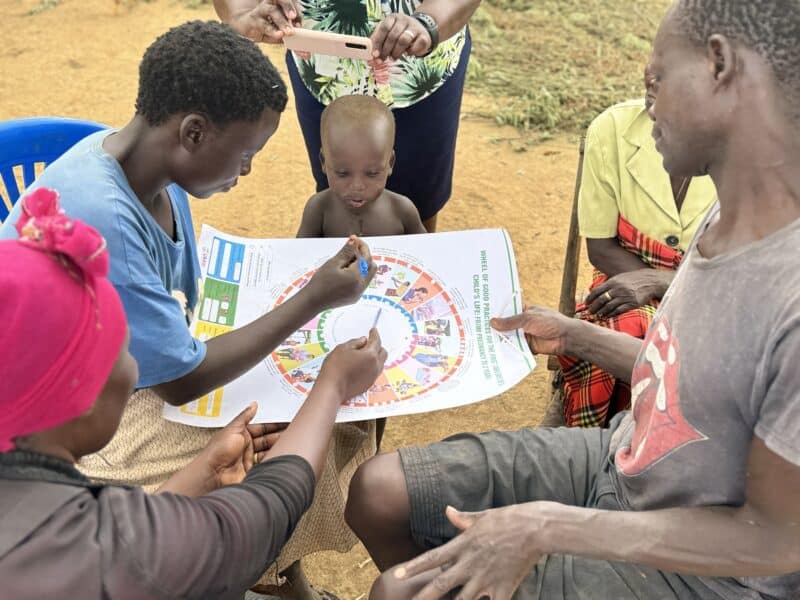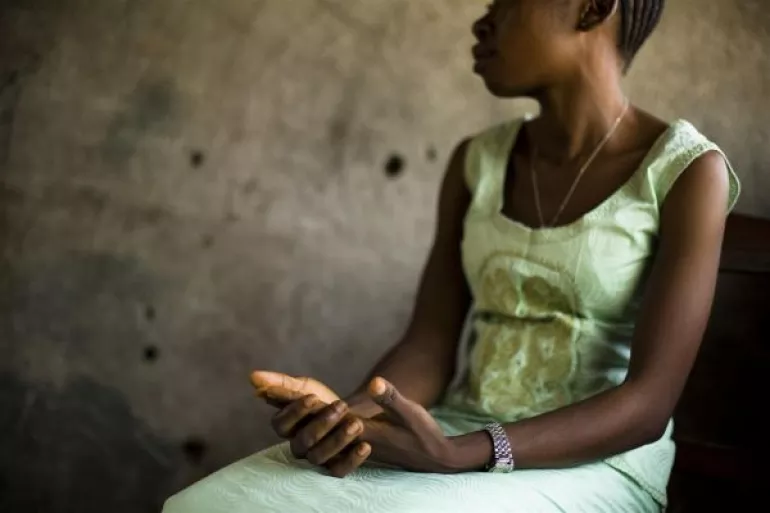Uganda has launched a national campaign to eliminate mother-to-child transmission of HIV, estimated to be the cause of approximately 20% of new HIV infections each year.
As many as 30,000 babies born in Uganda this year will be born with HIV. With little access to quality care and treatment, more than a half will die before their second birthday.
“I just couldn’t bring an HIV-positive baby in to the world,” states 28-year-old Aisha. Aisha is all too aware of the risk posed to the children of HIV-positive mothers. When her firstborn was 4 years old, Aisha tested positive for HIV; she decided then never to have more children.
The Elimination of Mother-to-Child Transmission (EMTCT) Campaign targets HIV-positive women like Aisha. Championed by Uganda’s First Lady, Janet Kataaha Museveni, the EMTCT Campaign promotes the Option B+ treatment strategy for mothers and their unborn babies.
Uganda has adopted Option B+, the World Health Organization’s newly revised PMTCT treatment strategy, which recommends antiretroviral treatment beginning at diagnosis and continuing for life. In addition to greatly reducing the transmission of HIV from mother-to-child, this treatment strategy has been shown to reduce transmission of HIV between sexual partners by 96 percent.
Speaking at the launch, the First Lady explained the benefits of the Option B+ strategy and further emphasized the importance of getting tested, seeking antenatal care and giving birth in a health facility. She declared, “If we don’t want these statistics to become our reality, we have to fight it; we have to protect ourselves to stay safe, and HIV-positive mothers have to protect their children by using the Option B+ service. This is how we get an HIV free generation.”
Rolled out by the Ministry of Health with support from USAID, the multimedia EMTCT Campaign will be implemented by partners nationwide, with the Uganda Health Marketing Group (UHMG) playing a lead role in the communication campaign.
“One critical element in this campaign is the communications side,” explains Dr. Edward Bitarakwate, Chief of Party of STAR-SW project, one of the implementing partners. “We have a whole new set of messages for this campaign so getting correct and consistent messaging out to the public is really key to getting people to take up services. UHMG’s role has been to bring the whole communications piece together in consultation with all the partners. Their strength is how they are able to combine different elements of the media to run a campaign—they really do that very well.”
According to Sister Mary, Nursing Officer of the Itojo Hospital ART Clinic, the campaign messages are working. “People have heard the information on the radio. In fact, this whole week I have had a flow of clients just wanting to get the new services,” says Sister Mary. “They ask ‘Is it really true there is a drug that can be given to women and they can deliver an HIV free baby?’ And we tell them, ‘Yes, it is true.’ ”
Aisha is at the hospital today to ask that very question. Aisha exclaims, “My husband saw the [EMTCT Campaign] billboard and told me about it. It was the first time I ever heard that [having another child] might be possible; I felt so excited. I feel there is a change in my heart.”





